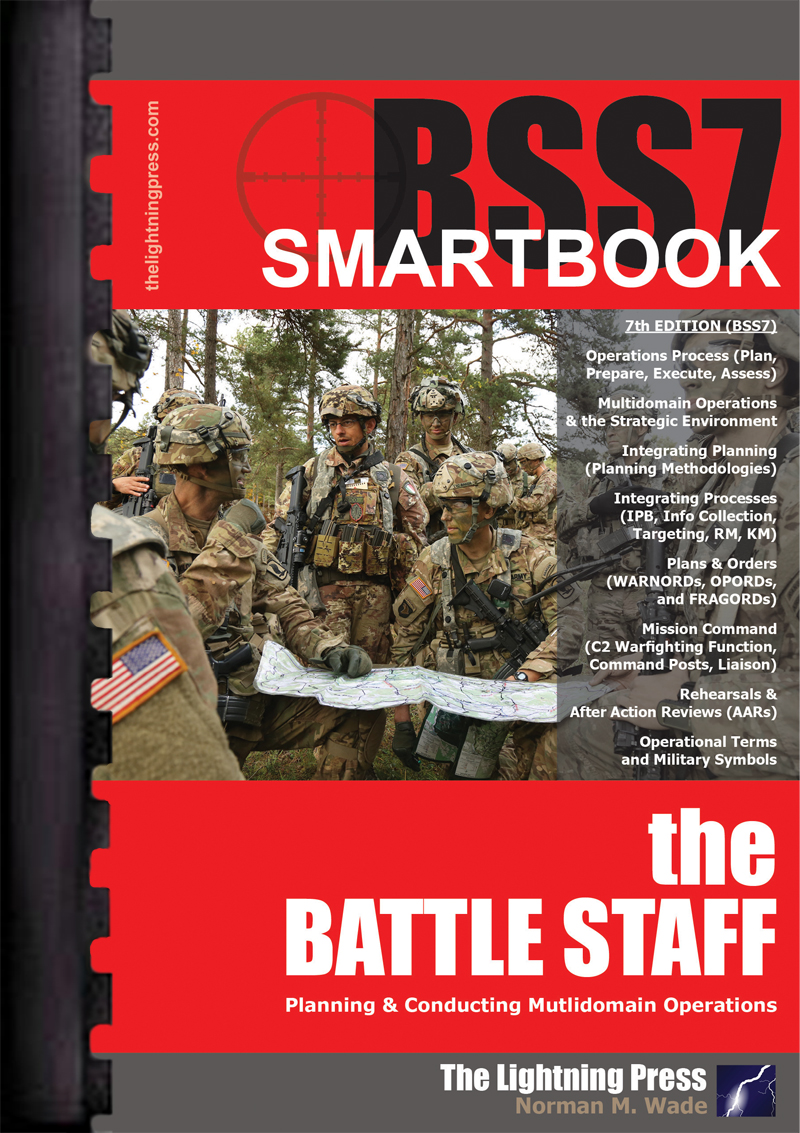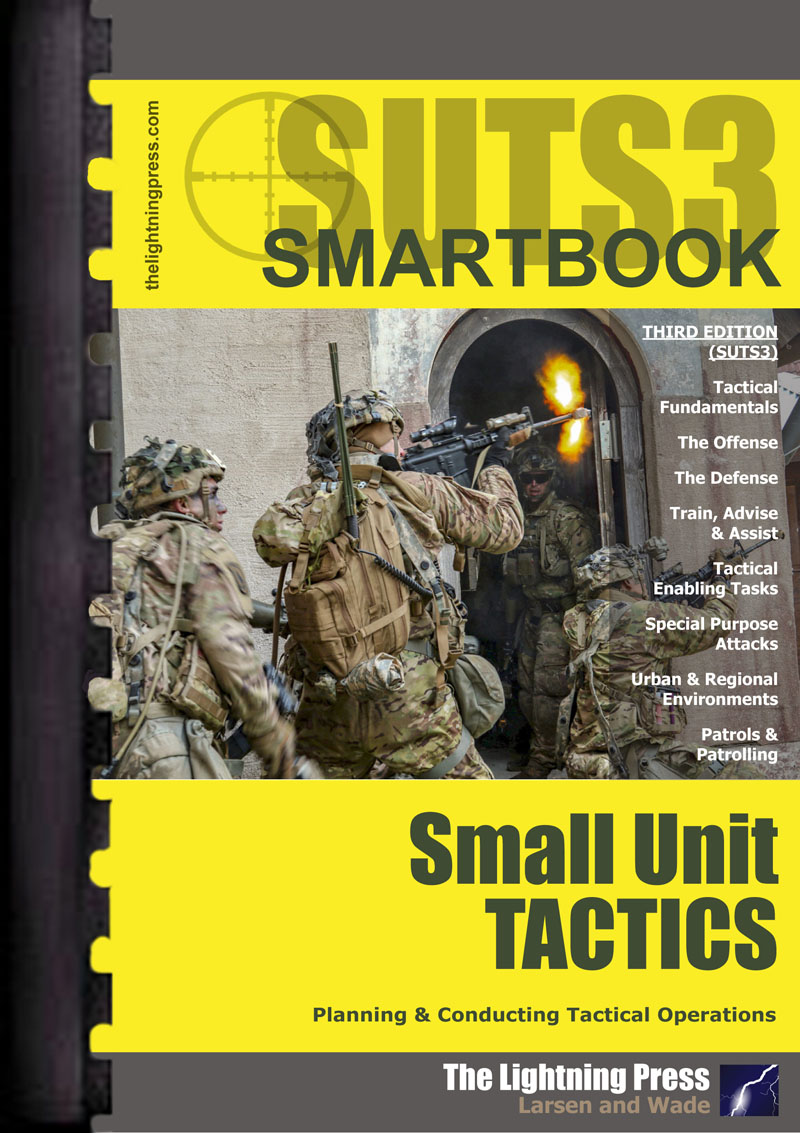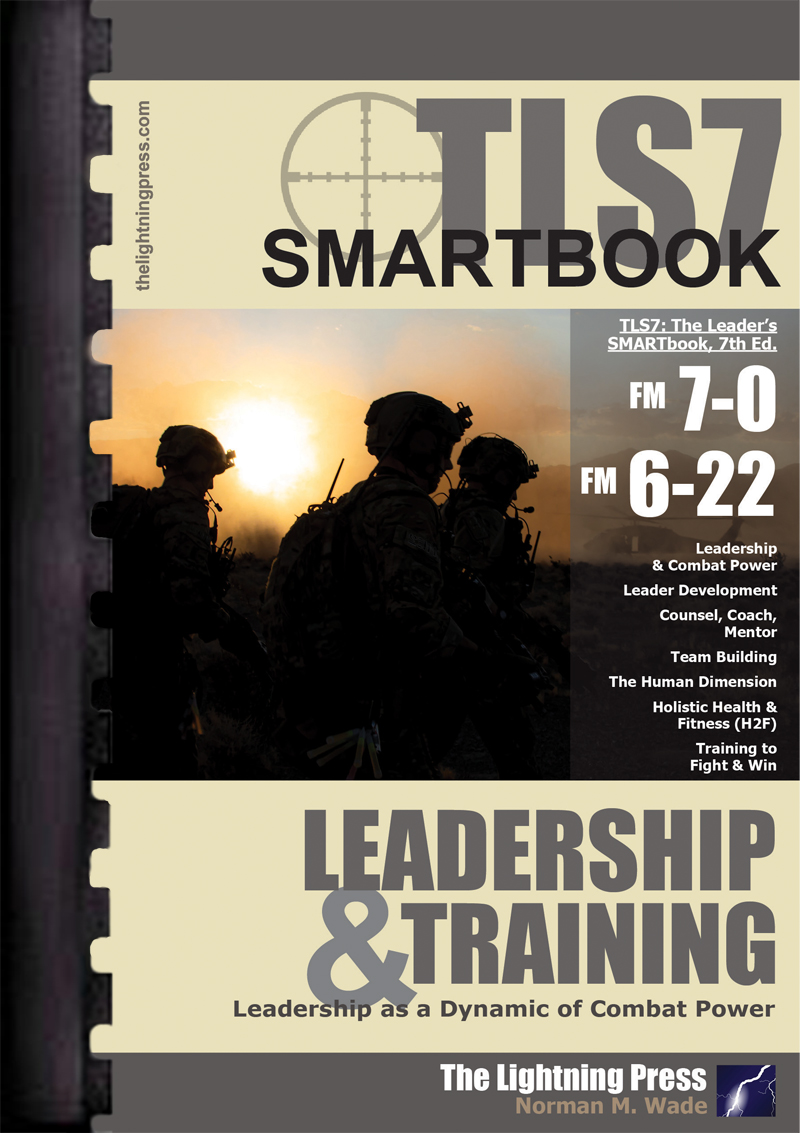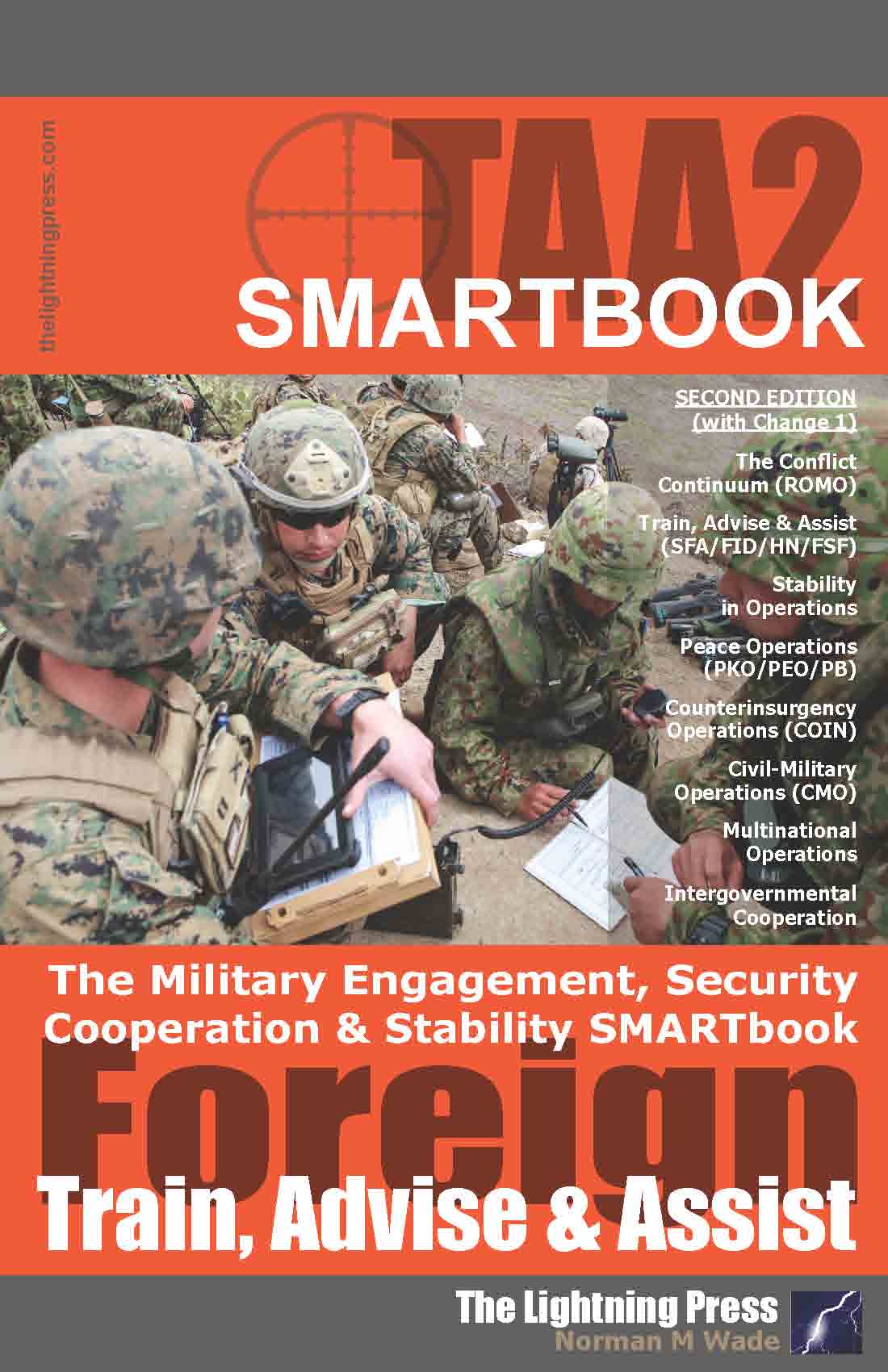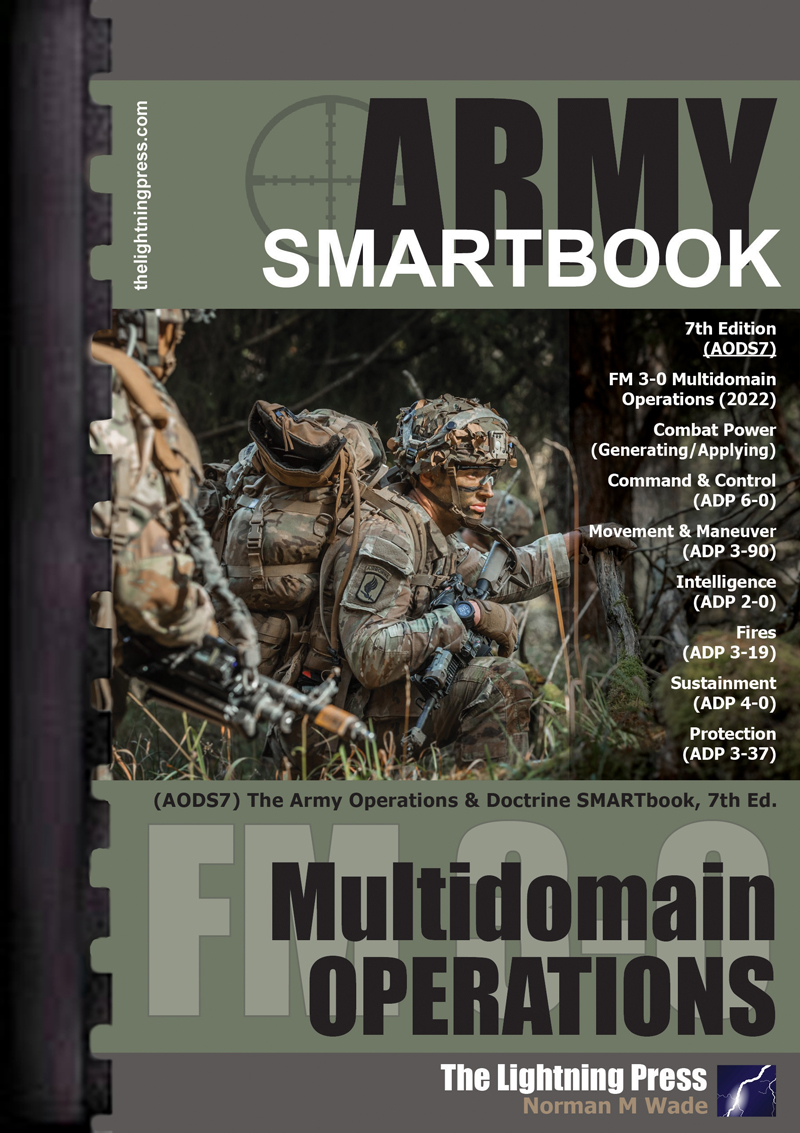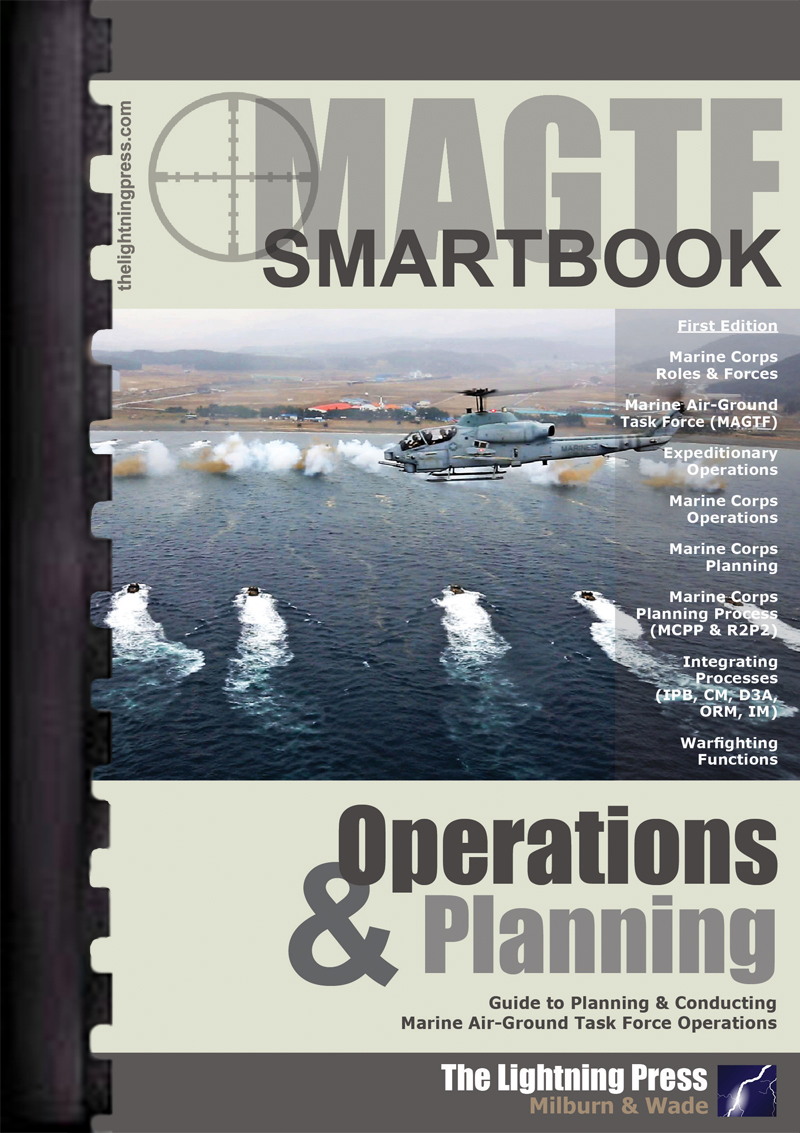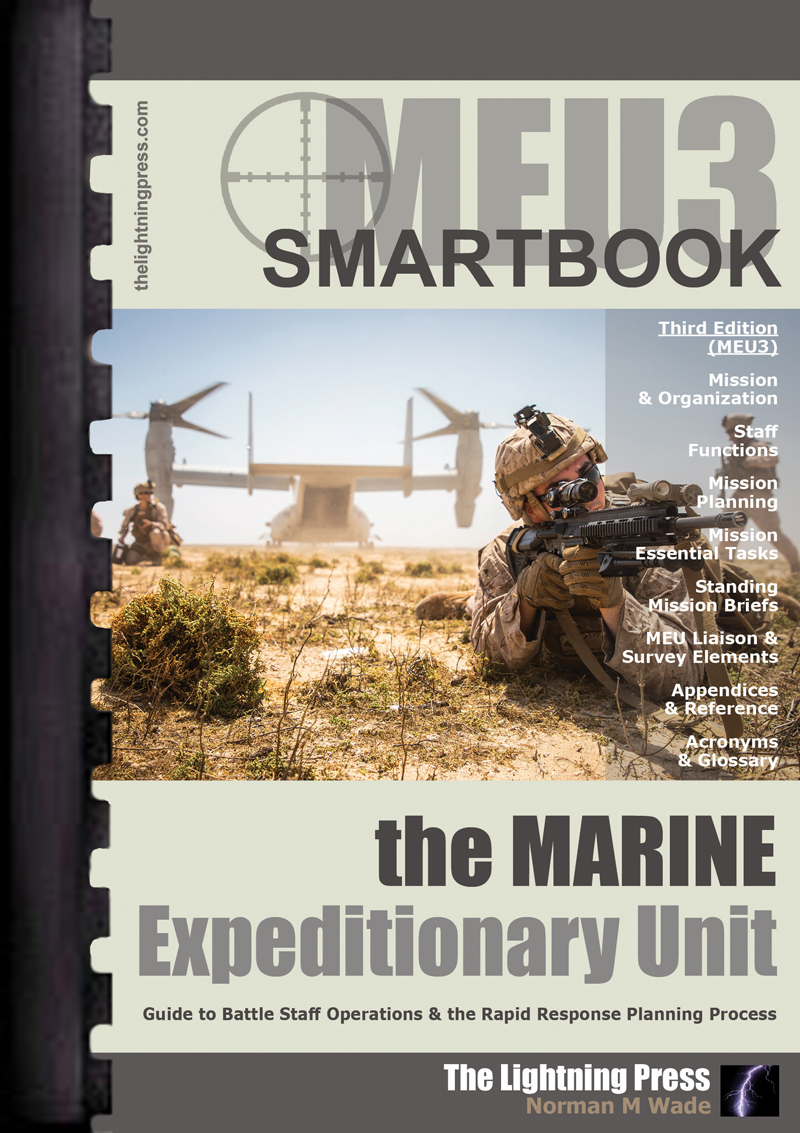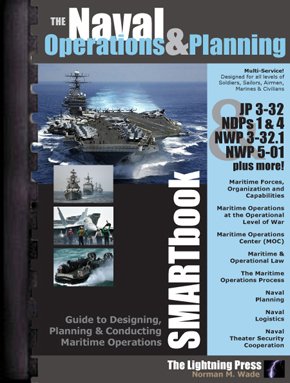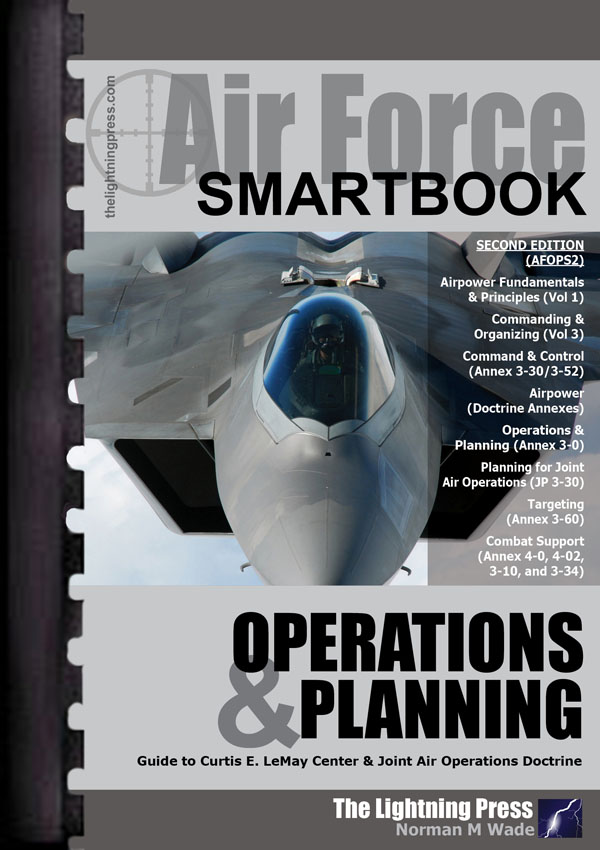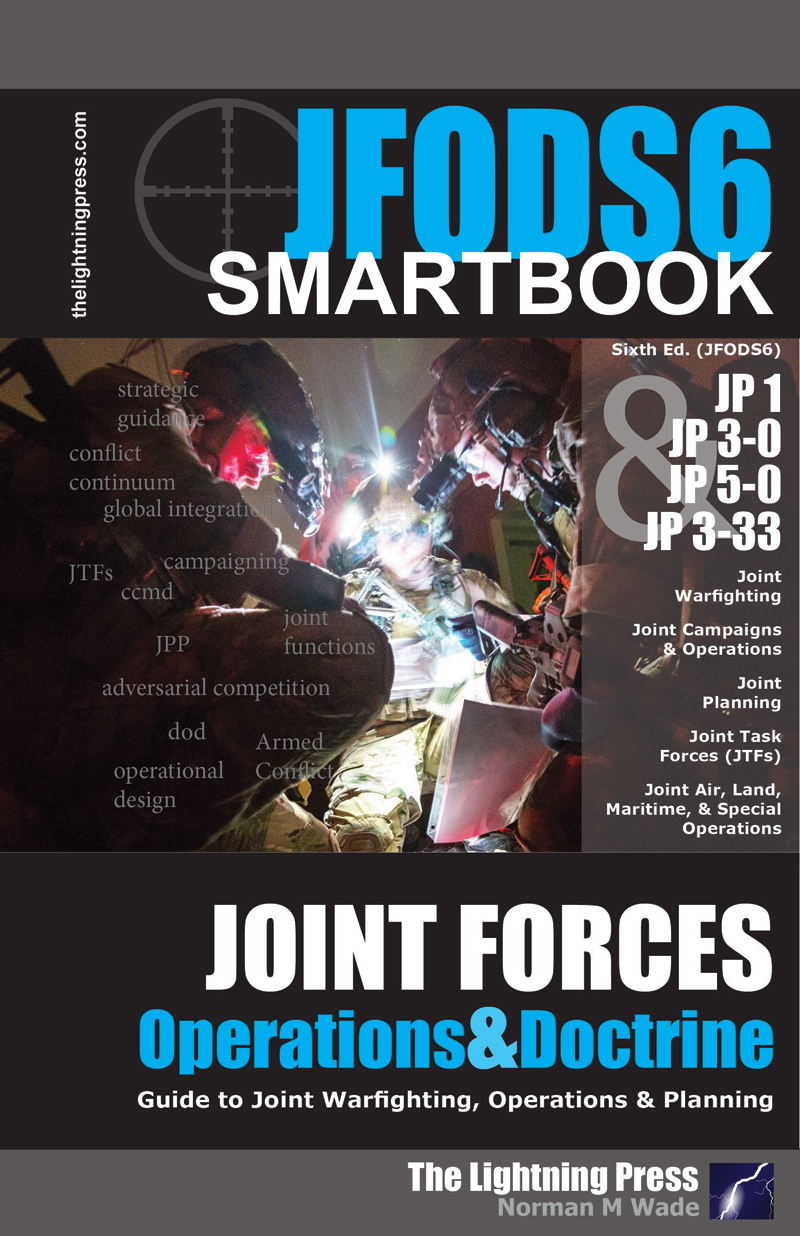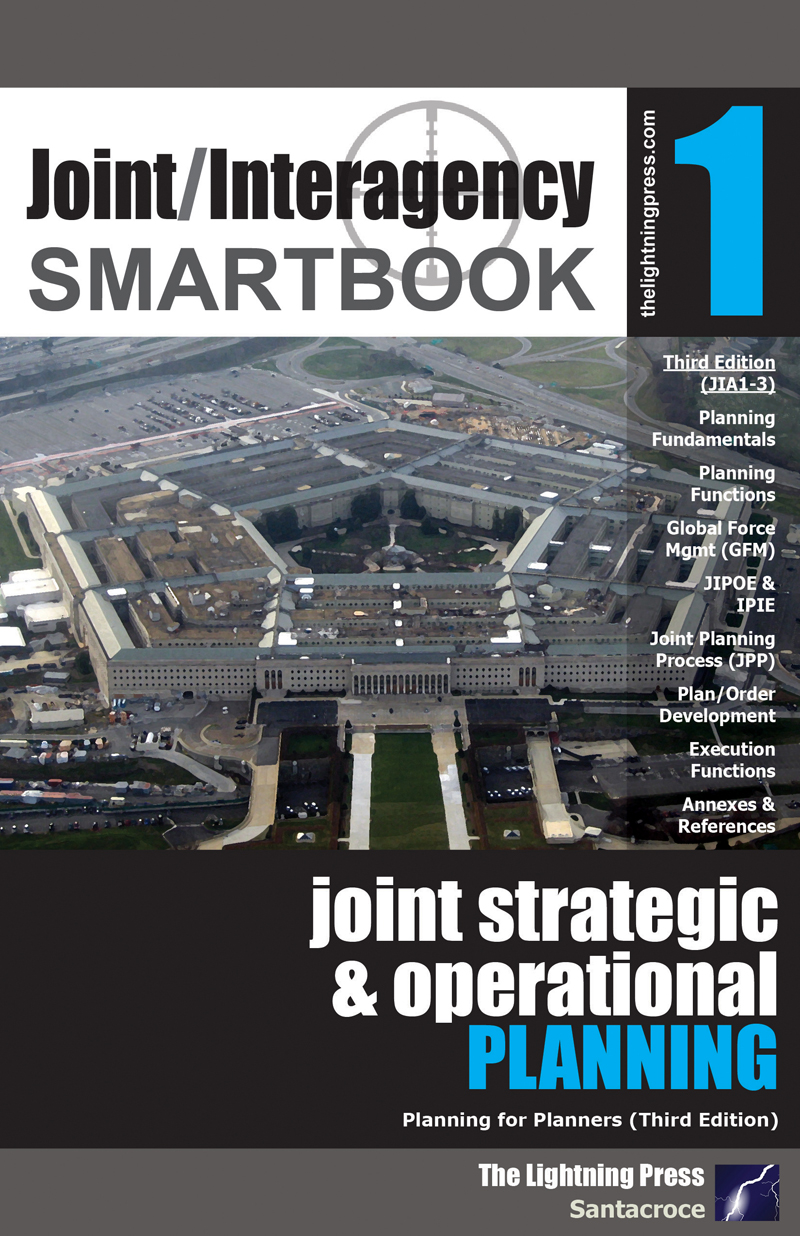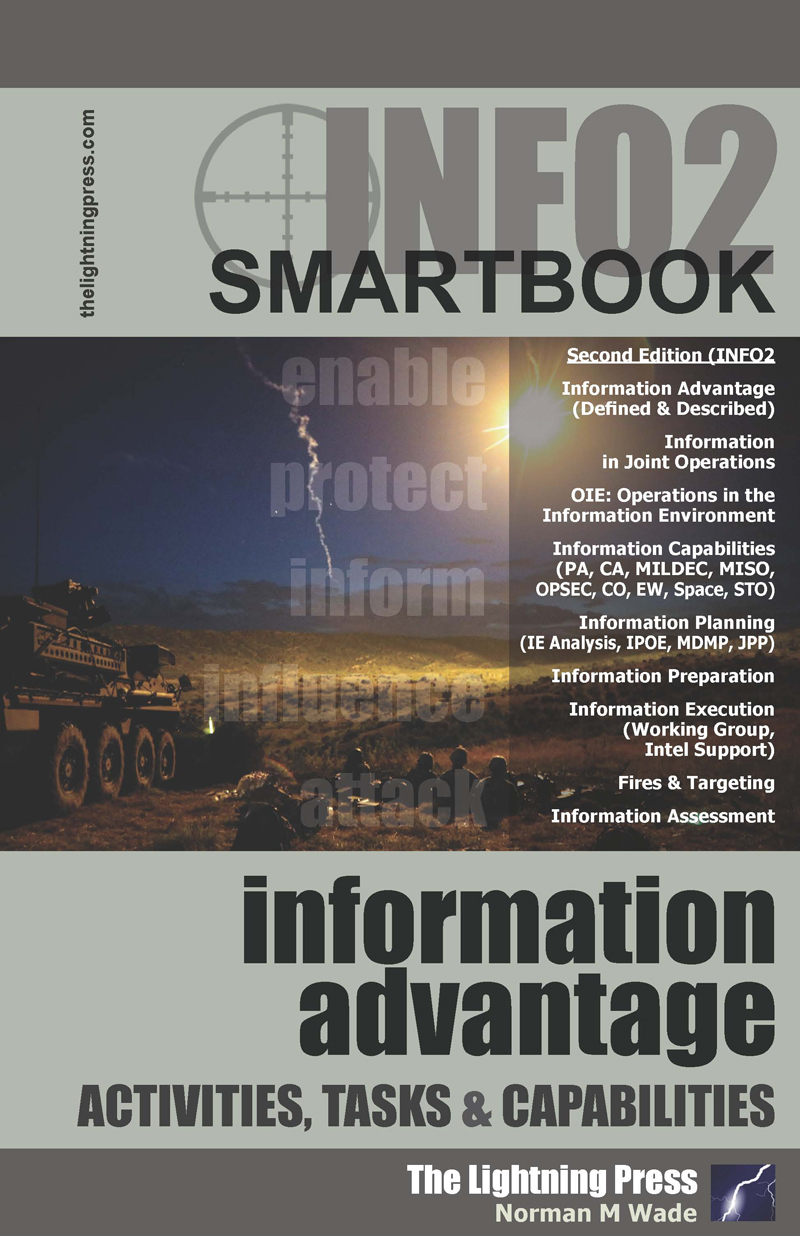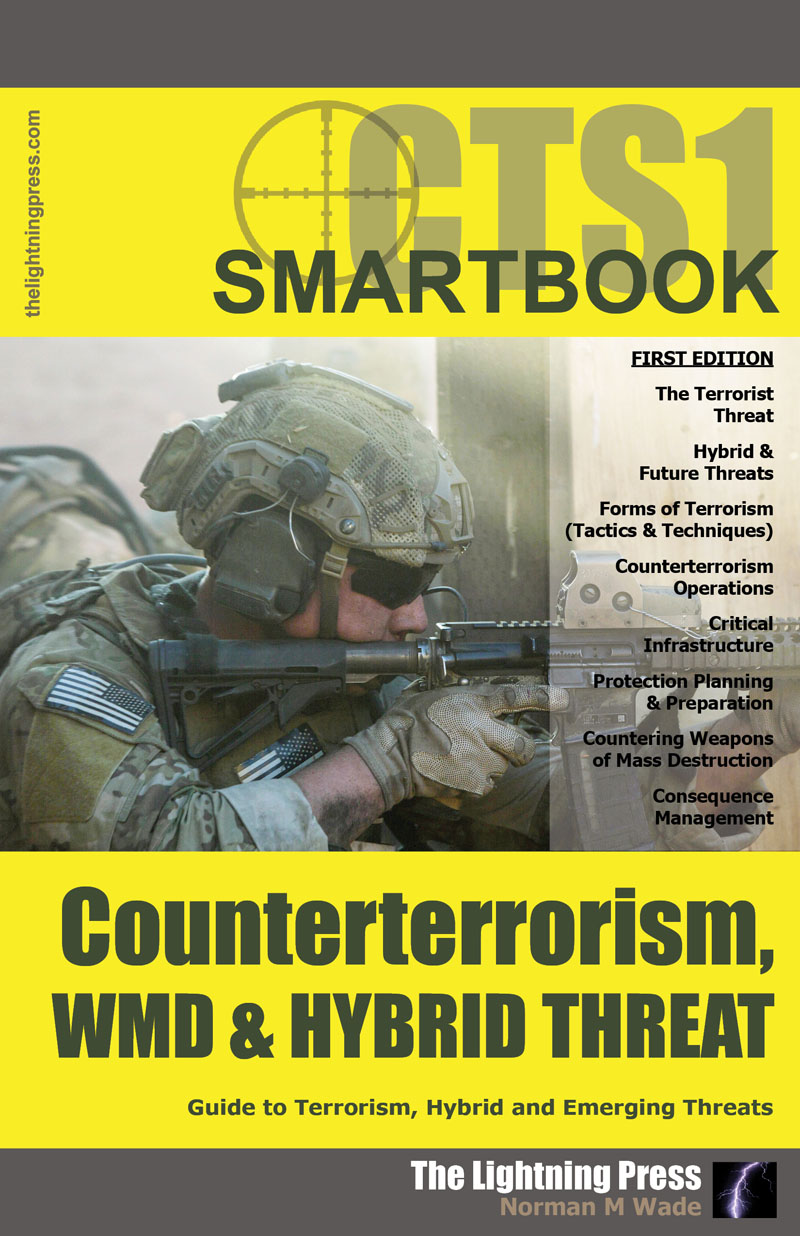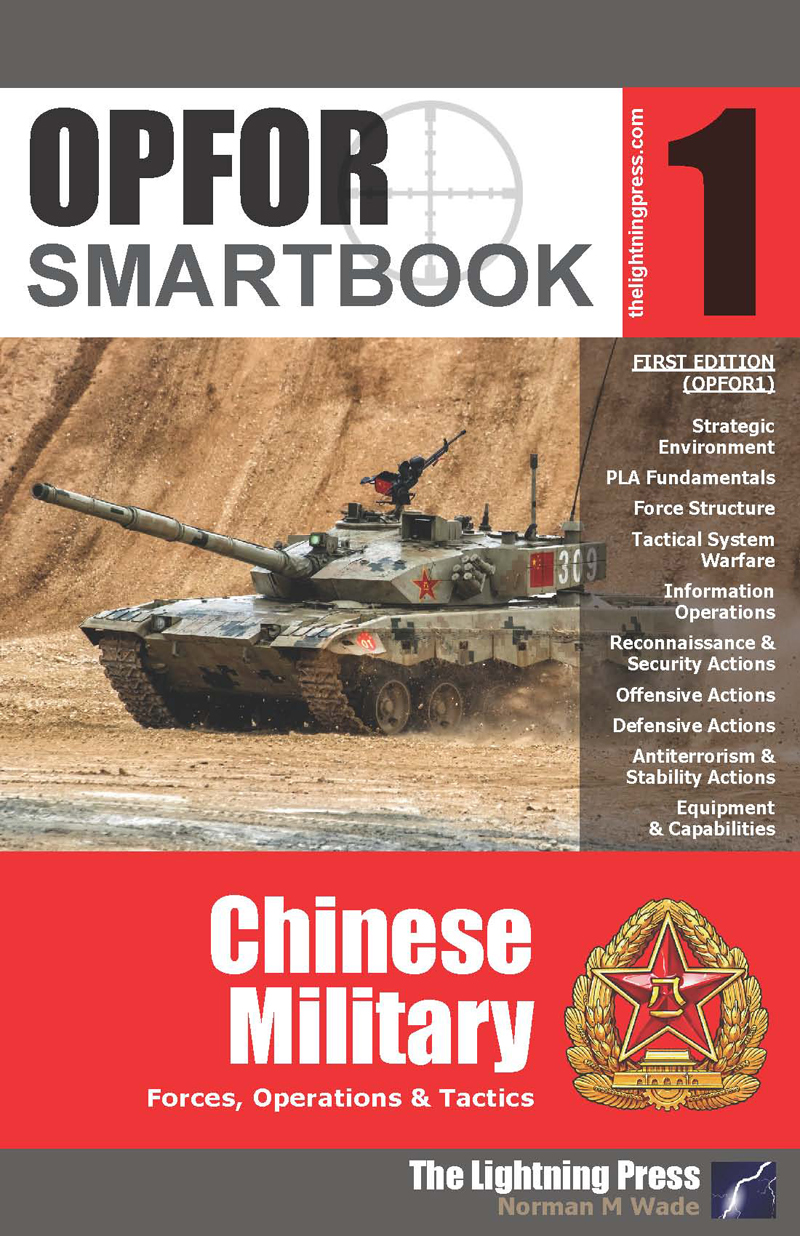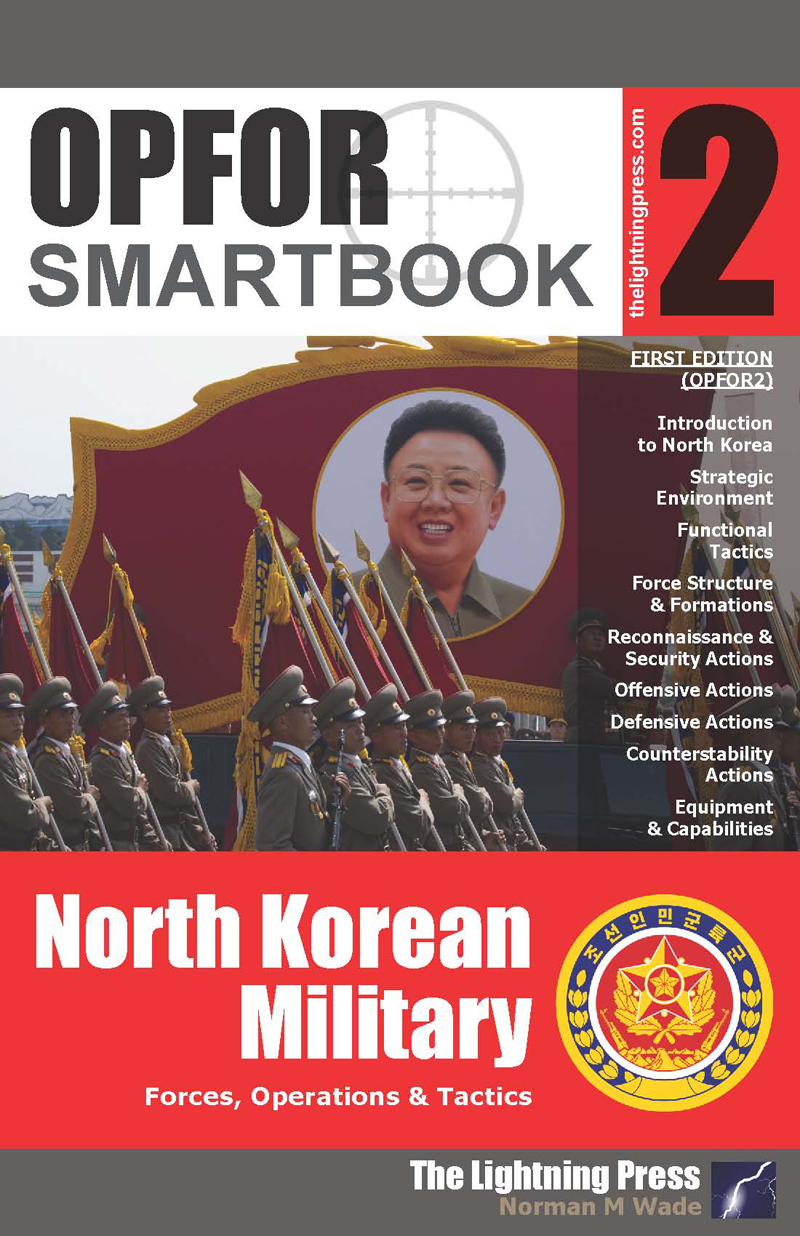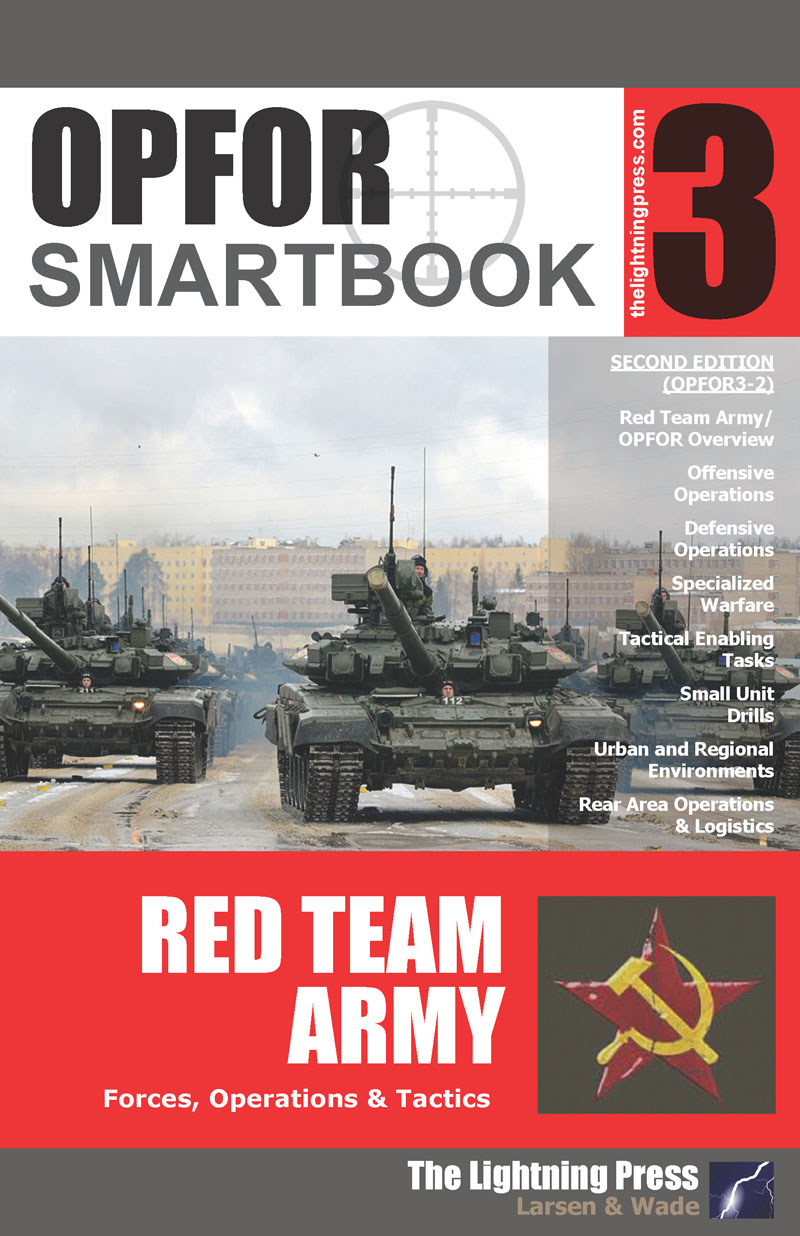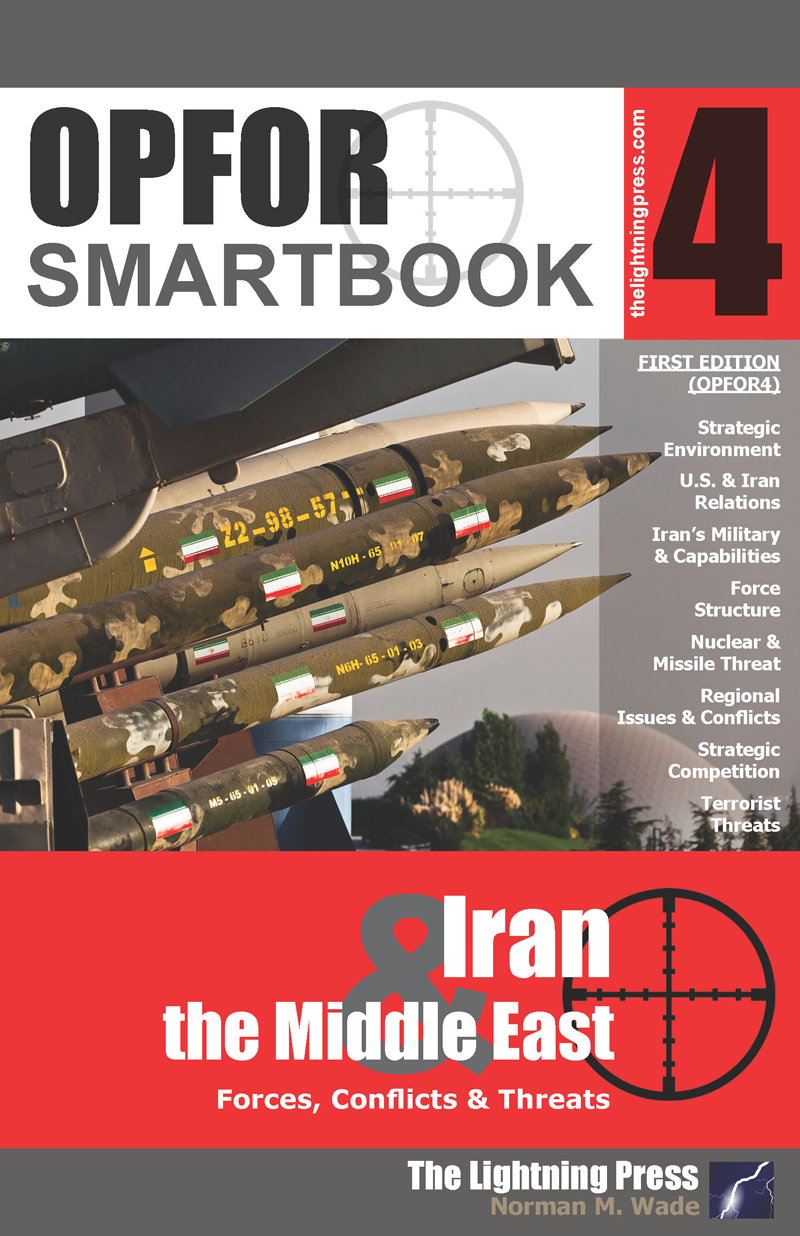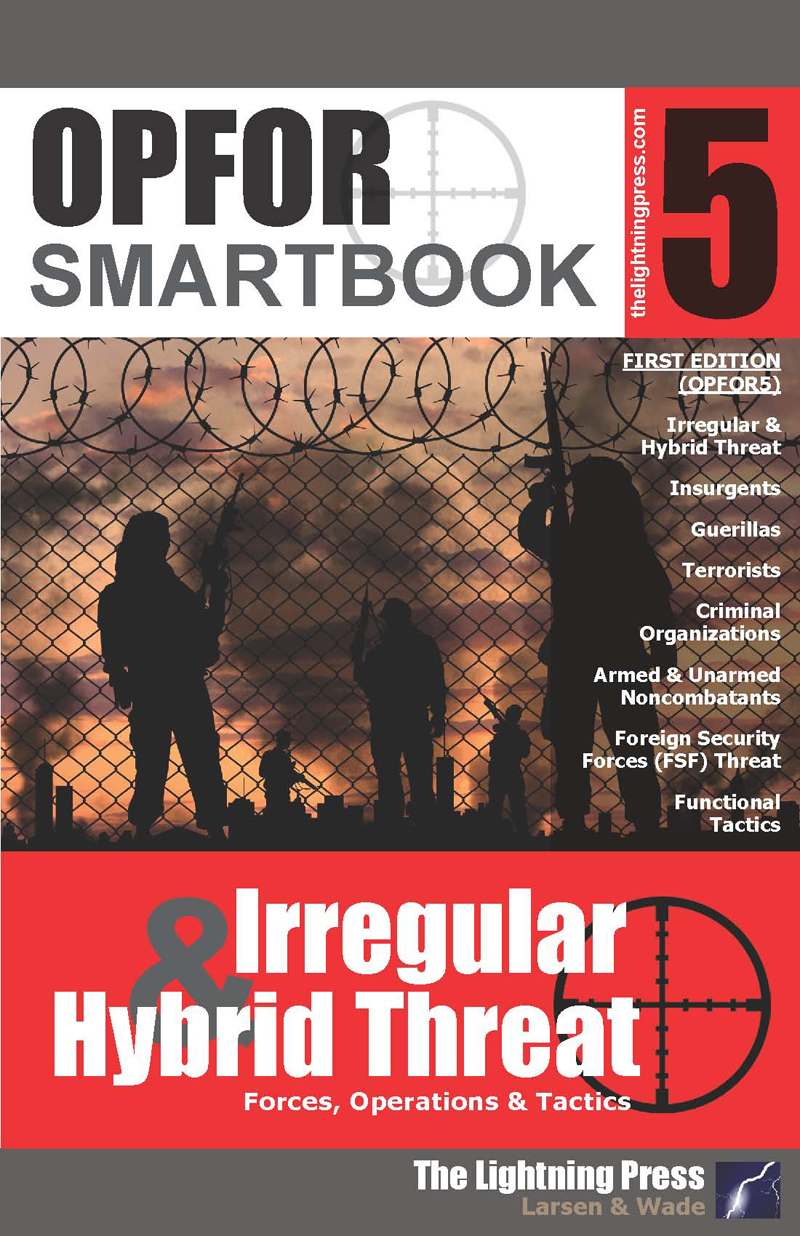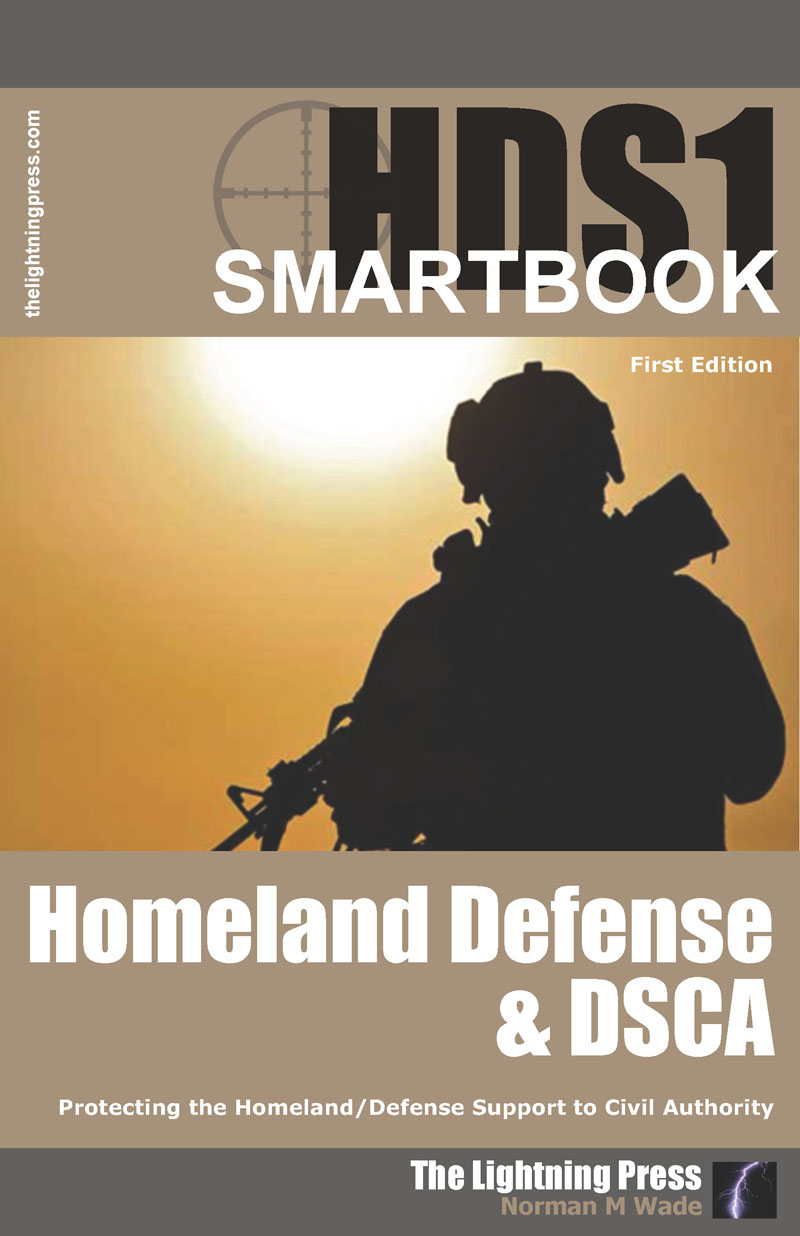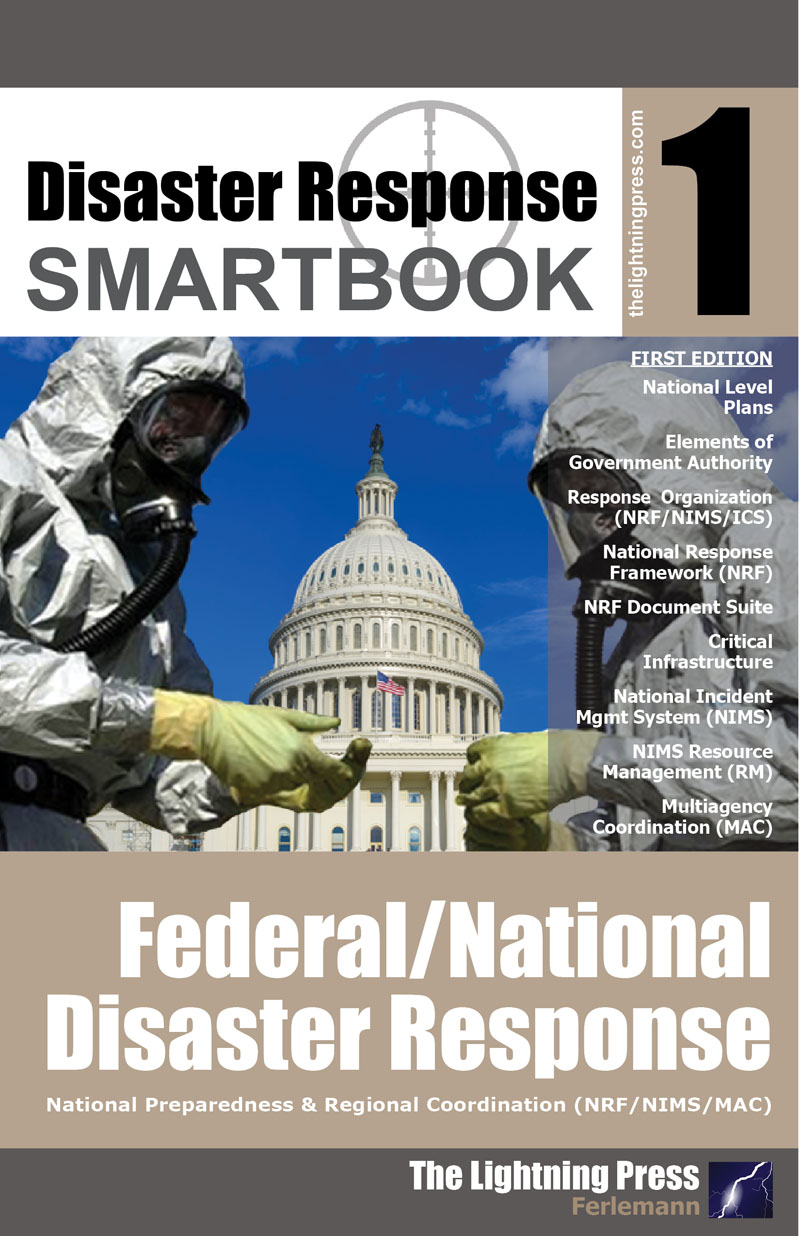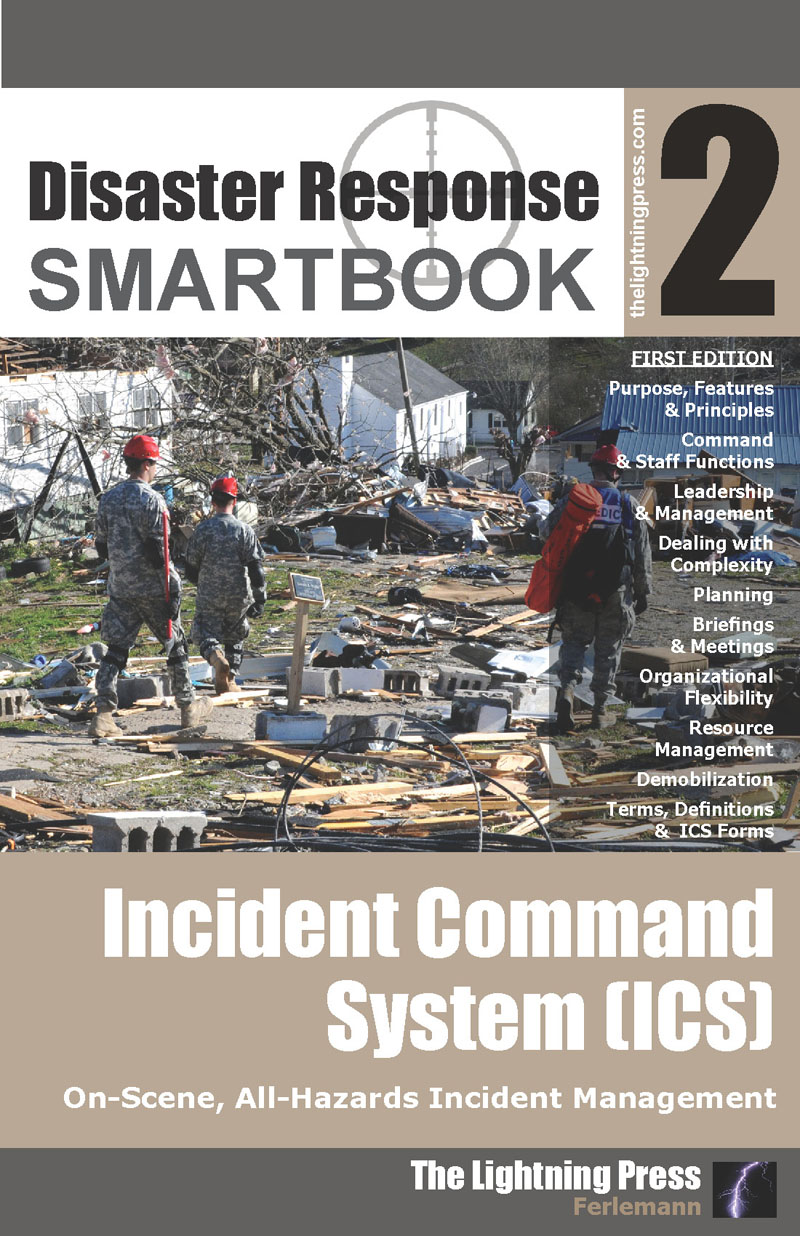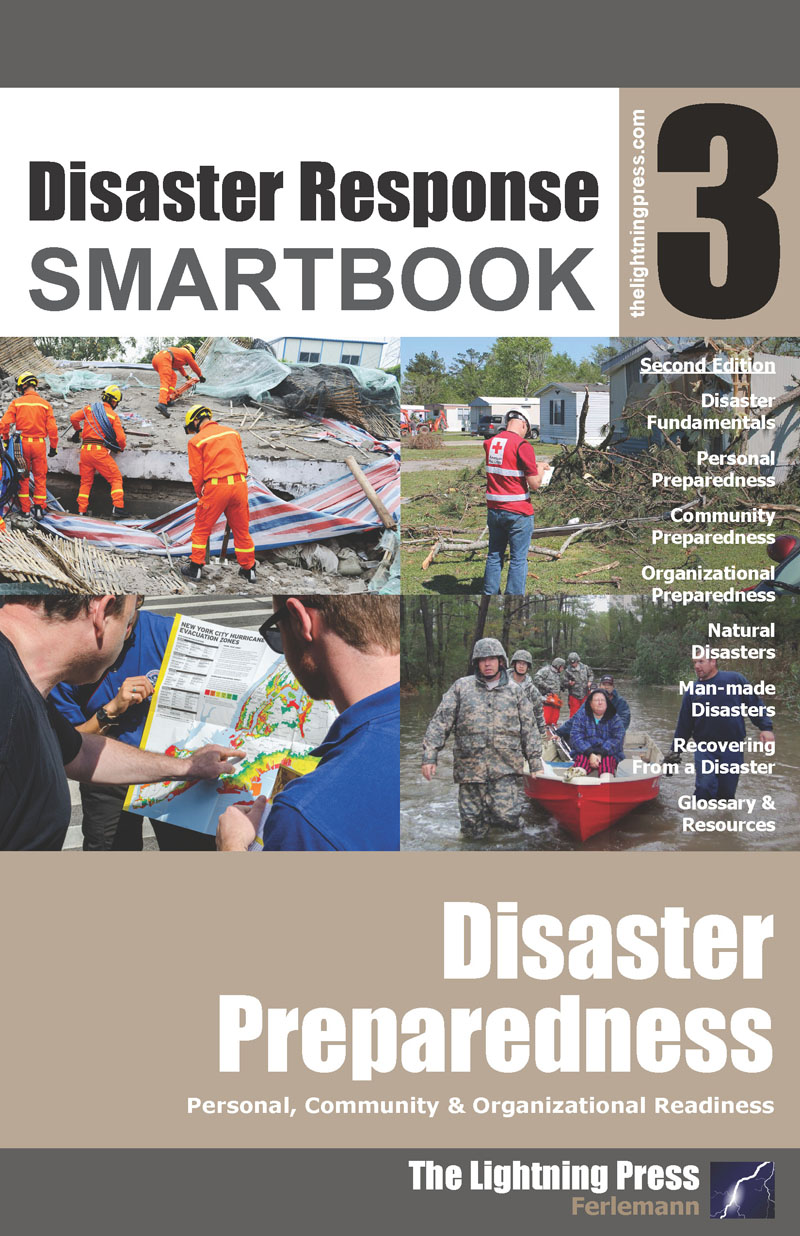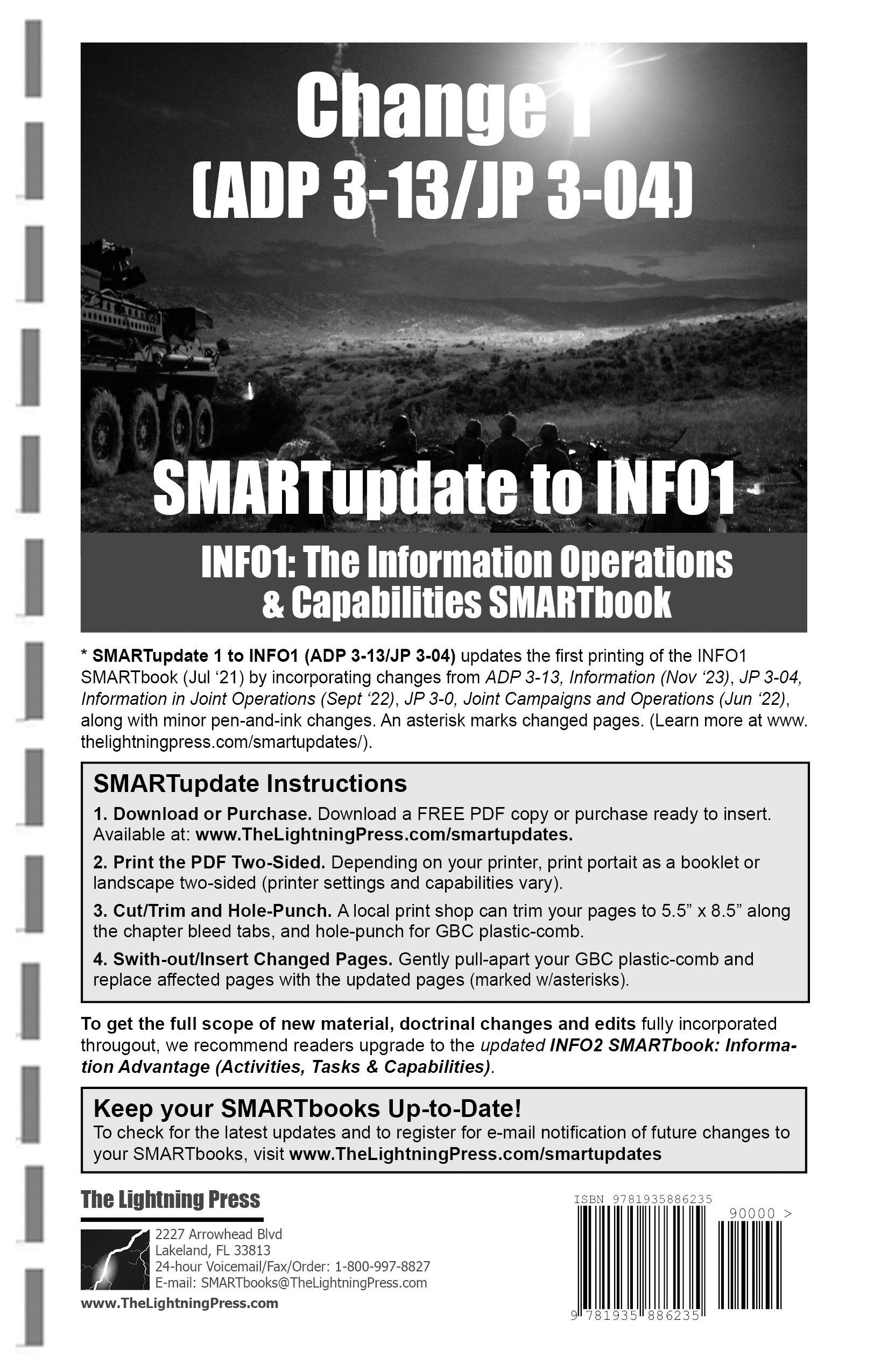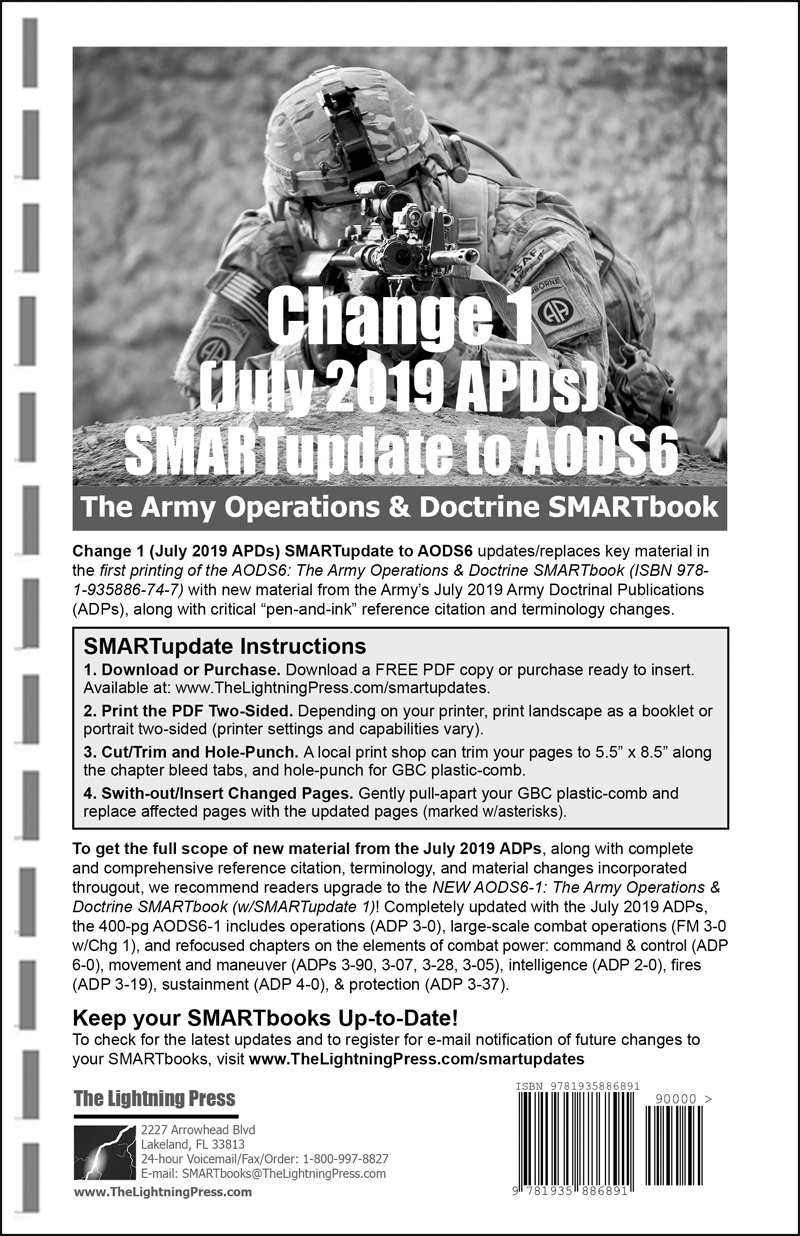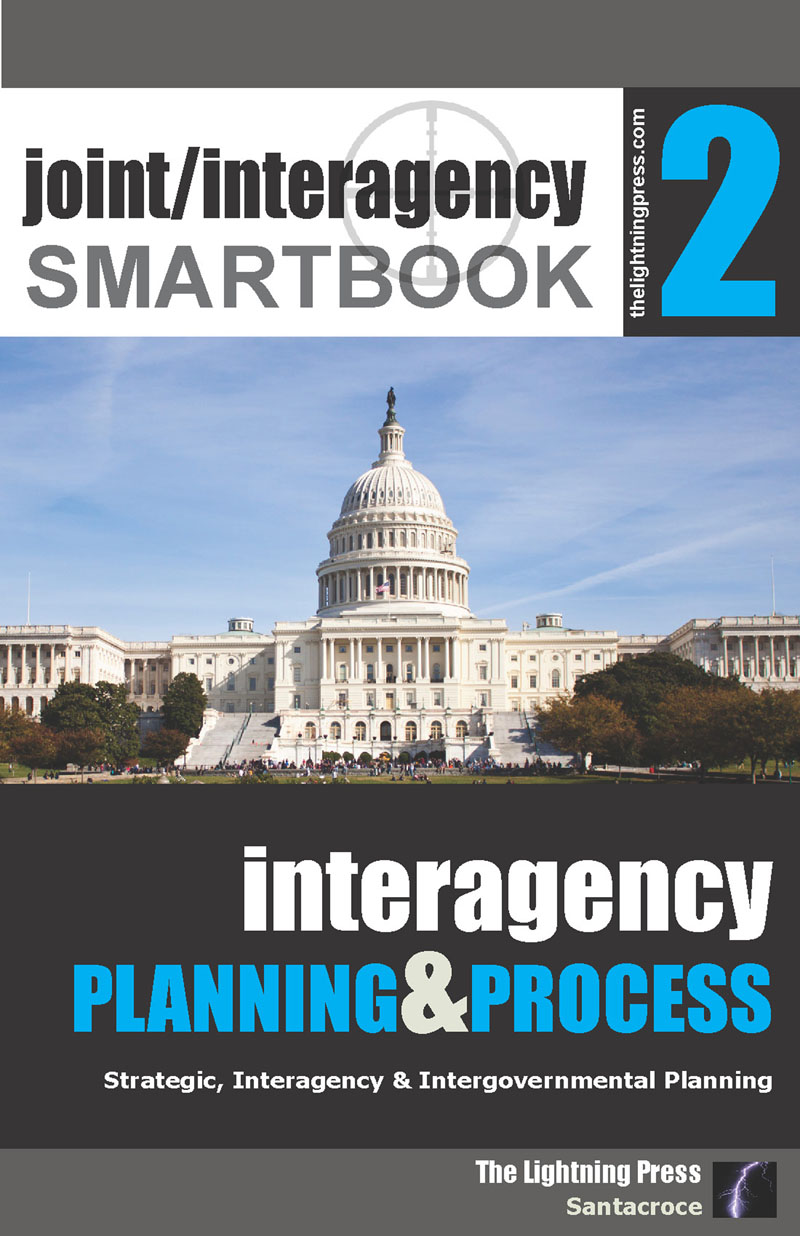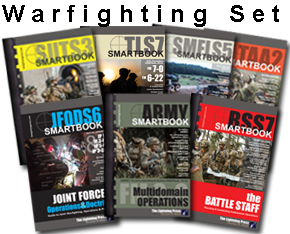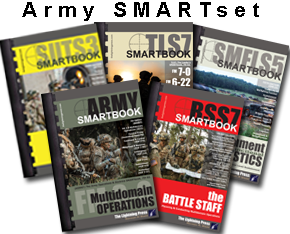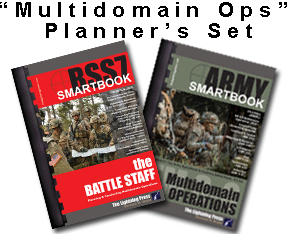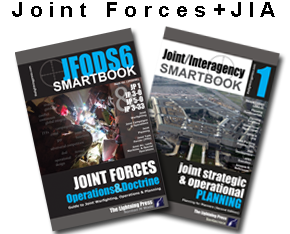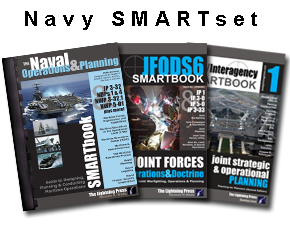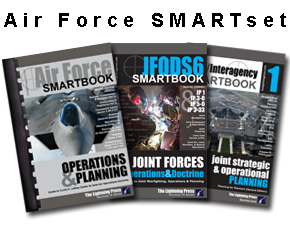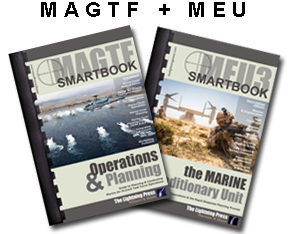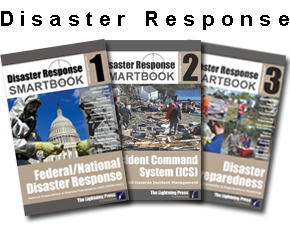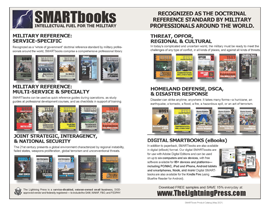* Editor’s Note: The joint doctrinal construct of “Joint Operation Planning” and “Adaptive Planning and Execution Enterprise (APEX)” as described below from JP 5-0 (Jun ’17) have been superseded by the new joint doctrinal construct of “Joint Planning” from the latest edition of JP 5-0 (Dec ’20), as presented in JFODS6. Read our updated article HERE.
Joint planning is the deliberate process of determining how (the ways) to use military capabilities (the means) in time and space to achieve objectives (the ends) while considering the associated risks. Ideally, planning begins with specified national strategic objectives and military end states to provide a unifying purpose around which actions and resources are focused. The joint planning and execution community (JPEC) conducts joint planning to understand the strategic and operational environment (OE) and determines the best method for employing the Department of Defense’s (DOD’s) existing capabilities to achieve national objectives. Joint planning identifies military options the President can integrate with other instruments of national power (diplomatic, economic, informational) to achieve those national objectives. In the process, joint planning identifies likely benefits, costs, and risks associated with proposed military options. In the absence of specified national objectives and military end states, combatant commanders (CCDRs) may propose objectives and military end states for the President’s and/or the Secretary of Defense’s (SecDef’s) consideration before beginning detailed planning. The Chairman of the Joint Chiefs of Staff (CJCS), as the principal military advisor to the President and SecDef, may offer military advice on the proposed objectives and military end states as a part of this process.
At the CCMD level, joint planning serves two critical purposes. At the strategic level, joint planning provides the President and SecDef options, based on best military advice, on use of the military in addressing national interests and achieving the objectives in the National Security Strategy (NSS) and Defense Strategy Review (DSR).
At the operational level, once strategic guidance is given, planning translates this guidance into specific activities aimed at achieving strategic and operational-level objectives and attaining the military end state. This level of planning ties the training, mobilization, deployment, employment, sustainment, redeployment, and demobilization of joint forces to the achievement of military objectives that contribute to the achievement of national security objectives in the service of enduring national interests.
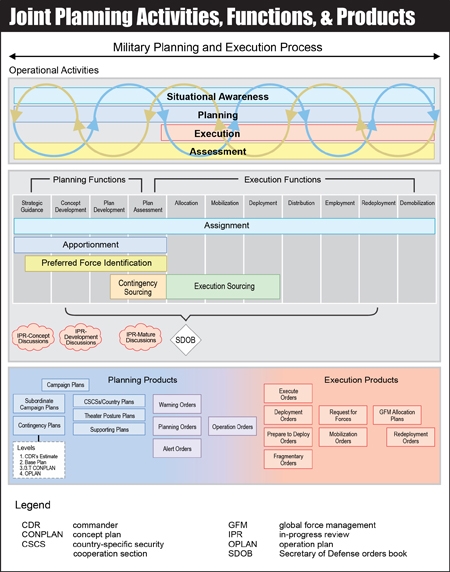
APEX encompasses four operational activities, four planning functions, seven execution functions, and a number of related products (see Figure II-4). Each of these planning functions will include IPRs as necessary throughout planning and execution.
Joint Planning Activities, Functions and Products
Adaptive Planning and Execution Enterprise (APEX) integrates the planning activities of the JPEC and facilitates the transition from planning to execution. The APEX enterprise operates in a networked, collaborative environment, which facilitates dialogue among senior leaders, concurrent and parallel plan development, and collaboration across multiple planning levels. Strategic direction and continuous dialogue between senior leaders and planners facilitate an early understanding of the situation, problems, and objectives. The intent is to develop plans that contain military options for the President and SecDef as they seek to shape the environment and respond to contingencies. This facilitates responsive plan development that provides up-to-date planning and plans for civilian leaders. The APEX enterprise also promotes involvement with other USG departments and agencies and multinational partners.
While joint planning has the inherent flexibility to adjust to changing requirements, APEX incorporates policies and procedures to facilitate a more responsive planning process. APEX fosters a shared understanding of the current OE and planning through frequent dialogue between civilian and military leaders to provide viable military options to the President and SecDef. Continuous assessment and collaborative technology provide increased opportunities for consultation and updated guidance during the planning and execution processes.
APEX encompasses four operational activities, four planning functions, seven execution functions, and a number of related products. Each of these planning functions will include IPRs as necessary throughout planning and execution. IPR participants are based on the requirements of the plan. For example, plans directed by the GEF or JSCP generally require SecDef-level review, while plans directed by a CCDR may require only CCDR-level review.
IPRs are an iterative dialogue among civilian and military leaders at the strategic level to gain a shared understanding of the situation, inform leadership, and influence planning. Topics such as planning assumptions, interagency and multinational participation guidance, supporting and supported activity requirements, desired objectives, key capability shortfalls, acceptable levels of risk, and SecDef decisions are typically discussed. Further, IPRs expedite planning by ensuring the plan addresses the most current strategic assessments and objectives.
 This article is an extract from “JFODS6: The Joint Forces Operations & Doctrine SMARTbook, 6th Ed. (Guide to Joint Warfighting, Operations & Planning)” by The Lightning Press. Download a free PDF sample and learn more at: JFODS6: The Joint Forces Operations & Doctrine SMARTbook, 6th Ed. (Guide to Joint Warfighting, Operations & Planning). Additionally, for 420 pages of detailed discussion of joint strategic and operational planning refer to Joint/Interagency SMARTbook 1 – Joint Strategic & Operational Planning, 3rd Ed. (Planning for Planners).
This article is an extract from “JFODS6: The Joint Forces Operations & Doctrine SMARTbook, 6th Ed. (Guide to Joint Warfighting, Operations & Planning)” by The Lightning Press. Download a free PDF sample and learn more at: JFODS6: The Joint Forces Operations & Doctrine SMARTbook, 6th Ed. (Guide to Joint Warfighting, Operations & Planning). Additionally, for 420 pages of detailed discussion of joint strategic and operational planning refer to Joint/Interagency SMARTbook 1 – Joint Strategic & Operational Planning, 3rd Ed. (Planning for Planners).
Browse additional military doctrine articles in our SMARTnews Blog & Resource Center.
About The Lightning Press SMARTbooks. Recognized as a “whole of government” doctrinal reference standard by military, national security and government professionals around the world, SMARTbooks comprise a comprehensive professional library. SMARTbooks can be used as quick reference guides during operations, as study guides at education and professional development courses, and as lesson plans and checklists in support of training. Browse our collection of Military Reference SMARTbooks to learn more.

